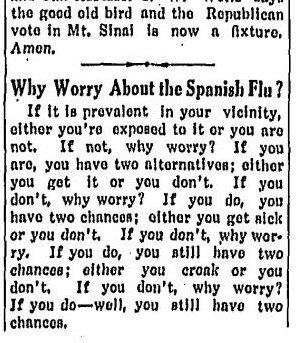By Richard Fernandez
My dear old statistics teacher used to say that relying on any model, however good but founded on past data, was like driving by looking at the rearview mirror; fine as long as the future looked like the past. As governments struggle with their response to the COVID-19 pandemic, the $64 trillion question is "which past does the future look like?"
Science writes how models have become supremely important: Entire cities and countries have been locked down based on hastily done forecasts that often haven't been peer reviewed. ... The Netherlands ... Prime Minister Mark Rutte rejected “working endlessly to contain the virus” and “shutting down the country completely.” Instead, he opted for “controlled spread” of the virus while making sure the health system isn't swamped with COVID-19 patients.
Other governments have chosen different models and in place of "controlled spread," bet on total lockdown.

Just how influential those models are became apparent over the past 2 weeks in the United Kingdom. ... a group at Imperial College London [recommended an approach] not unlike the strategy the Netherlands is pursuing. ... But on 16 March, the Imperial College group published a dramatically revised model that concluded—based on fresh data from the United Kingdom and Italy—that even a reduced peak would fill twice as many intensive care beds as estimated previously, overwhelming capacity. The only choice, they concluded, was to go all out on control measures. Read More - Richard Fernandez- PJ Media
Here’s How Computer Models Simulate the Future Spread of New Coronavirus- During the early days of a new outbreak, when reliable data are still scarce, researchers turn to mathematical models that can predict where people who could be infected are going and how likely they are to bring the disease with them.
Here's How Fast the Coronavirus COULD [Not WILL] Infect Over 1 Million Americans
